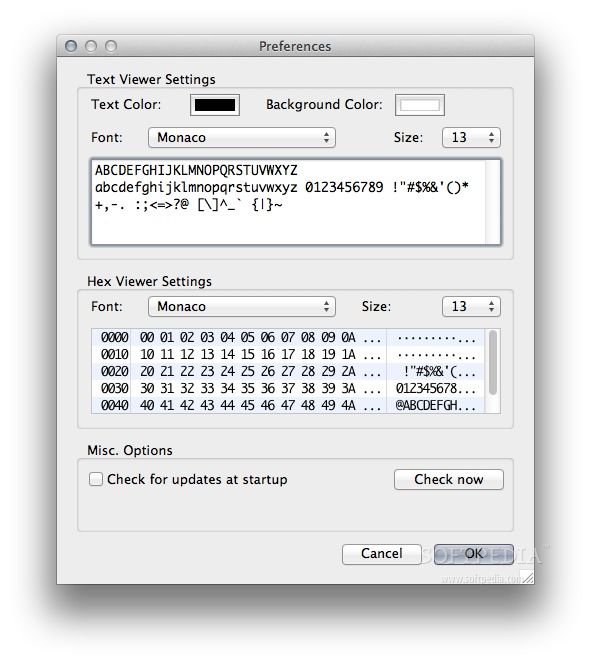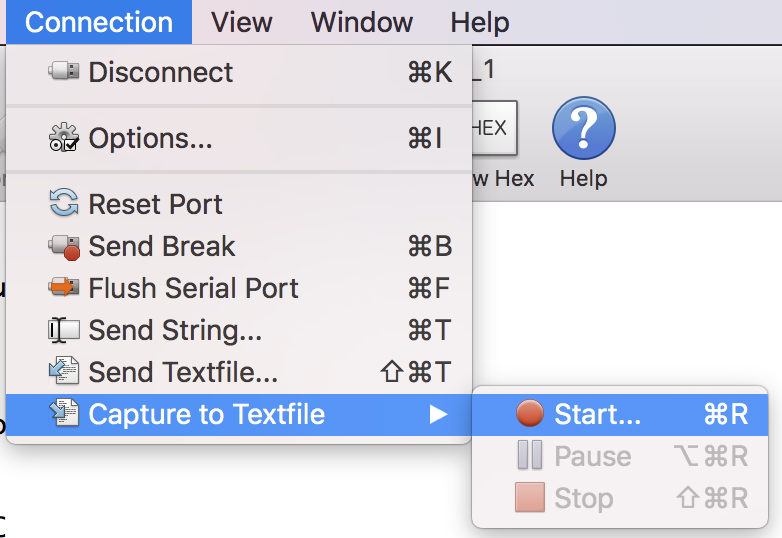

- #Coolterm output formatting install
- #Coolterm output formatting serial
- #Coolterm output formatting mac
The second Pi will need USB power, which for a Zero you should be able to get from your laptop.
#Coolterm output formatting serial
The goal is to ssh from laptop to this second Pi then use it's serial connection. You can run the second Raspberry Pi headless, say, a Zero W. But maybe you don't have a USB serial adapter handy, but do have a spare (second) Raspberry Pi. Update: I also forgot to mention-it's possible to get output from the Pi's own bootloader (at an even earlier stage) using the BOOT_UART option supplied to a custom EEPROM build see cleverca22's post in the Pi Forums for details. I've done this process a few times in the past, but I've grown tired of looking back at old notes to remember specifically which pins to use on the GPIO, since I don't do it that often and the pins are unlabeled on most Pis.

See also: Adafruit's guide to using a serial console on the Pi. Note: To exit the screen session, press Ctrl-A, then Ctrl-K, and confirm you want to exit. Additionally, if you're attaching to a device using minicom running on the Pi, you have to press Enter, then Ctrl-A, then Q, and Enter again to exit minicom. Note: In minicom, the Meta key is mapped to 'Esc' by default, at least on macOS. Within a few seconds, you should see data in your session.
#Coolterm output formatting install
Install minicom ( brew install minicom) so you can emulate a terminal connected over serial.In its options, select the /dev/tty.usbserial-0001 device, and then click 'Connect'. It has a quasi-intuitive GUI interface for any kind of serial terminal viewing. Sometimes if I'm doing a lot of debugging, I like to use a good serial terminal GUI, and my favorite is CoolTerm.
#Coolterm output formatting mac
There are a number of ways to interact with the serial console on a Mac (and most are the same as on Linux, with sometimes minor usage differences), but the two I've used in the past are minicom and screen. That's the device you'll connect to on your Mac. Note the tty.usbserial- and cu.usbserial- numbers in there.Open a terminal window on your Mac, and run ls /dev | grep usb Plug the USB to serial adapter into the pins as pictured below on the Pi (Black to GND, White to GPIO 14/pin 8 (UART TX), and Green to GPIO 15/pin 10 (UART RX)):



 0 kommentar(er)
0 kommentar(er)
